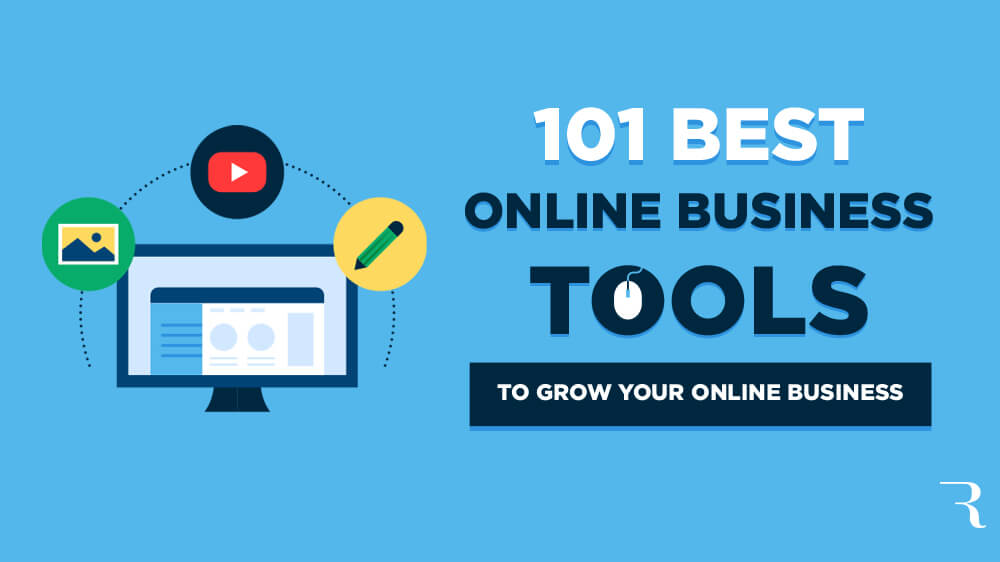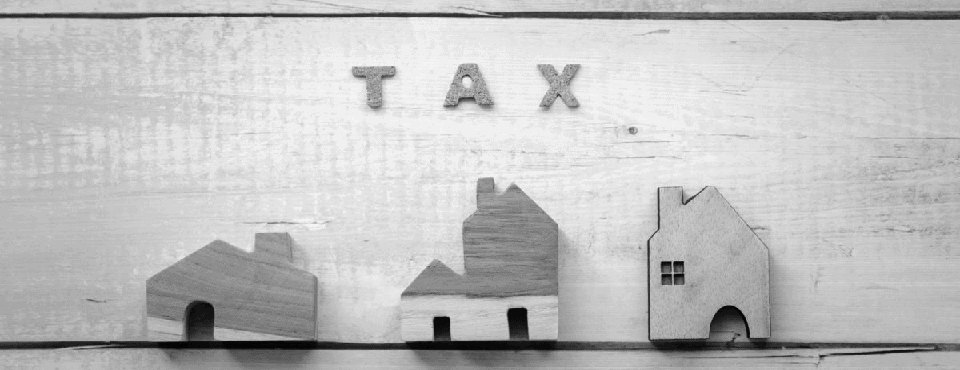This post about best budgeting tips and habits was created in collaboration with Todoist—a popular digital task manager. Someone on Twitter compared our collaboration to the Avengers coming together for the first time, and we feel the same way. Without further ado: Becky from Todoist (and also a fellow YNAB user) brings us the best YNAB budgeting tips and habits of successful budgeters, and shows us how to use those to meet our financial goals.
For most of my life, I avoided budgeting because I didn’t want to think about money (or my lack thereof). When you’re living on student loans, money doesn’t even feel real. The numbers are so big, it’s hard to get your head around them. You might as well be playing monopoly. What’s another $5 latte when you have $30,000 of loans and counting?
But money has a way of creeping into your thoughts no matter how diligently you try to ignore the subject. Will this debit card swipe overdraw my bank account? If I sign that year-long lease, will I be able to make the rent? If I put those Christmas presents on my credit card, will I have the money to pay it off? Can I afford to go out to that restaurant? Buy that coffee? Take that trip with friends? Will I be worrying about debt repayment for the rest of my life?
Spending money is a part of daily life, and can quickly grow into a constant source of stress.
Money has a way of creeping into your thoughts no matter how diligently you try to ignore it.
Money Stress Was My Normal State
In my early 20s, money created a vague, background anxiety to my life that became my normal. The more I tried to avoid thinking about it, the worse I felt about it. I still remember that physical sense of dread in the pit of my stomach at the thought of checking my account balances, which of course made me want to avoid checking them all the more.
Money was something I felt like I should have a handle on which made me feel even more guilty that I didn’t. I would make some half-hearted attempts at getting my finances in order in an Excel spreadsheet or using budget apps like Mint over the years. I’d steel myself to finally look at my accounts, update the numbers, and create a budgeting plan. I’d feel a momentary sense of relief, only to never look at the budget again. It wasn’t until my mid-twenties that I decided I was tired of being scared of my finances. That’s when I found YNAB, which was the budgeting tool that finally made it all click for me.
I was tired of being scared of my finances.
What is budgeting? Learn everything you need to know in our comprehensive guide.
We All Carry Around an Invisible Mental Load
Today, I make a living writing about work and productivity for a task management app called Todoist. I spend a lot of time thinking about the invisible mental load each of us carries around all day every day. Your mental load is made up of all the things you worry about and feel responsible for—like getting an important task done at work, responding to that email from your boss, putting a home-cooked meal on the table, paying your rent, renewing your car insurance, dealing with unexpected expenses, returning your mom’s call…the list goes on and on.
All of those things require not just the time and energy it takes to do them, but the time and energy you spend thinking about doing them. Your attention is like a computer’s RAM. It can only hold so many things at a time before it becomes overwhelmed.

To make matters worse, our brains are hardwired to focus on scarcity. When you feel a vital resource is scarce—whether it’s food, time, or money—your mind fixates on it, which in turn makes you feel like you have even less of it. It’s a self-reinforcing cycle. The more scarce you feel money is, the harder it is to think about anything else.
I’ve come to think about my budget the same way I think about my to-do list—they’re both external systems for organizing things outside of my head so I can stop worrying about them. It’s a way to offload my RAM and free up mental space for what’s in front of me in the moment—whether that’s writing a blog post for work, spending time with my family, reading a book, cooking a meal, or anything else.
It’s counterintuitive, but since I’ve started budgeting consistently, I think about money less, not more.
Your attention is like a computer’s RAM. It can only hold so many things at a time before it becomes overwhelmed.
3 Habits of Successful Budgeters
Just like a to-do list, a budget isn’t a set it and forget it kind of thing. I can teach you the best budgeting tips, but you have to find a way to implement those into your routine. How many times have we started over on a budget or downloaded a new task management app on January 1st only to let it drop a week later? You go right back to having vague worries in the back of your head about what you can and can’t afford and all the things you have to get done.
For a budget or a to-do list to reduce your mental load, it needs to become a long term habit. Luckily, it’s not complicated. Once you have your budget set up (YNAB has lots of excellent advice on how to get started), it really only takes three habits to maintain it, adding up to about an hour of active effort per month once you get the hang of it.
- Budget your money as soon as it hits your account (15 min/month) – This is YNAB’s Rule One: Give Every Dollar a Job. Every time you get a paycheck, budget that money right away. This becomes easier over time because you can draw on your historical spending to know how much you’ve actually spent (vs. how much you wish you had spent ?). I can quickly budget all of my money on my phone using the auto-assign options for either my monthly funding Targets (for my savings categories) or my average money spent each month for ongoing monthly expenses like groceries, utilities, eating out, etc.

- Track spending & cover overspending as it happens (1 min/day) – Just like you shouldn’t try to keep track of tasks in your head, don’t try to keep transactions in your head. I enter most spending manually as it happens, especially for Venmo transfers since the transaction only appears as “Venmo” without any payee info.
As a backup, I also have YNAB connected to my bank accounts to automatically pull in any transactions I may have missed. It matches with any transactions entered manually so there aren’t any double entries. It also pulls in automatic payments I have set up like my utility bills, mortgage payment, software subscriptions, etc.
I approve any new transactions every morning over a cup of coffee on my phone. The app makes it really easy to cover overspending as it happens so I can easily move money between categories to adjust my budget (YNAB’s Rule Three: Roll with the Punches!). It takes about a minute and I know exactly where all of my spending categories stand. Then I forget about money for the rest of the day.

- Reconcile regularly (15 min/month) – Reconciliation is key to make sure the system matches up with reality so you can trust that you actually have the money your budget says you have. I reconcile my accounts when I get paid, usually right before I give those new dollars a job (if you’re just getting started, YNAB recommends reconciling your accounts at least weekly as you get the hang of budgeting).

I open the YNAB web app on my laptop and log in to each of my accounts (one checking, two credit cards) on my phone to look up the balances and make sure they match with what YNAB says. I keep my savings account and investment accounts separate from YNAB so I can just let money accumulate there without thinking about it—it’s not in my budget so I can’t spend it.
Because I use as little cash as possible and have YNAB automatically pull in any transactions that I may have missed entering manually, reconciling usually takes no time at all. 15 minutes would be a worse-case scenario when the balance numbers don’t match, and I have to go into my transaction history for the last month to see what I missed. It’s usually because I manually recorded a transaction from the wrong account.
That’s it. Those are the three habits you need to master to turn vague money anxieties into confidence that all your spending is accounted for.
9 Tips to Make Your Habits Stick
Of course, when you’ve spent your entire life avoiding your finances, starting and sticking to those three budgeting habits is easier said than done. Here are some of the best budgeting tips I’ve found that have gotten me to the point where budgeting is something I do automatically without giving it too much thought:
- Download YNAB on your phone. It makes it easier to pull up your budget and approve transactions anywhere. The easier you can make a habit the easier it’ll be to make it stick.

- Use your thumb’s muscle memory to your advantage. What’s the first app you automatically open every time you open your phone? Replace that app icon on your home screen with YNAB.
- Keep the red notification dot turned on so that it shows up on the YNAB icon when you have transactions to approve or overspending to cover. Whether it’s your email, Instagram, or your budget, that red dot triggers a reflex to get rid of it. Your budget is one app you want to be addicted to.
- Piggyback off of an existing habit. Research shows that the easiest way to build a habit is to trigger it with a habit you already do every day automatically. For me, I check my budget, approve transactions, and cover overspending while drinking my morning coffee. Because there’s no way I’ll ever skip my morning cup of joe.
- Make a plan for when and where you’ll do your budgeting. Write it down. Put it on your calendar. If you use a digital task manager, add it as a task with an automatic reminder. Studies show that making a specific plan for when and where you’ll do something—from exercise to voting to getting a colonoscopy—makes it more likely that you’ll actually follow through. And from what I hear, budgeting is far more pleasant than a colonoscopy.
- Pair budgeting with an activity you already enjoy. Maybe you reconcile your accounts while eating a treat you love, watching a show you’re addicted to, or nestled in your favorite window nook with your favorite beverage. Psychologists call this temptation bundling and it’s a powerful way to build any habit.
- Build a streak for each day you get to “YNAB Zero” (no outstanding transactions or overspent categories). This is Jerry Seinfeld’s Don’t Break The Chain method of habit-building. Mark each day you successfully hit YNAB Zero on a calendar. Put up the calendar somewhere you’ll see it every day. The longer your streak becomes, the more motivated you’ll be not to break it.
- Use YNAB’s quick budget shortcuts “Auto-Assign” and “Average spent”. These shortcuts make it fast to give every dollar a job—even on your phone—and help keep you honest about how much you really spend in each category. The more realistic your budget is, the easier it will be to stick to.

- Cover overspending right away. In the past, overspending was always my budgeting downfall. What’s the point of making a budget if I can’t stick to it anyway? YNAB made me realize I can’t see into the future and I shouldn’t expect myself to. A budget that can’t bend will break. YNAB’s mobile app makes it easy to identify overspending and move money from another category to cover it. Overspending might feel like a failure at the start. Instead of avoiding that discomfort, face it head on. I’m four years into consistent budgeting and I still overspend categories all the time, but now I know it’s just a natural part of budgeting.
- Fall in love with boredom. As with any new habit or goal, budgeting can be exciting at first, but the novelty wears off fast. Habits expert James Clear writes about the importance of “falling in love with boredom” in the pursuit of your goals. Whether you’re training for a marathon, writing a book, or trying to save money for an emergency fund, even the biggest accomplishments come down to small actions taken consistently over a long period of time. After four years, I’m happy to report that budgeting has made my money so boring I barely even think about it, and that’s just the way I like it.

Give Yourself Permission to Wipe the Slate Clean
One last tip to end on: forgive yourself for the past money mistakes you’ve made. We all carry past financial baggage with us. Money gets all mixed up with our sense of self-worth and guilt and shame in complicated ways. But here’s the thing: any mistakes you’ve made in the past are a sunk cost—you can’t do anything about them. Don’t let any guilt or shame you may feel about the past keep you from making the next right decision. Give yourself permission to wipe the slate clean.
Ready to put these YNAB budgeting tips to good use and take back mental real estate from your money? Todoist partnered up with YNAB to create an Organize Your Finances template. The project template will walk you through all the steps to get your budget set up, pay off debt, and work towards your savings goals. It also includes all the daily, weekly, and monthly recurring tasks you need to make your budgeting habit stick.
.jpeg)
Becky is a writer and editor at Doist. She keeps her life in order with a lot of help from Todoist and YNAB.
Publisher: Source link











